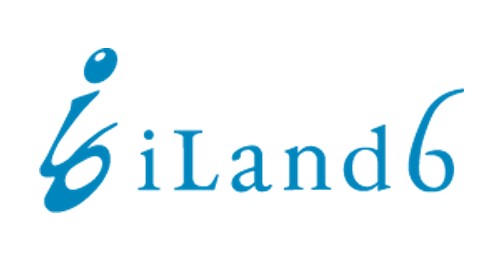最近の日本のトレンドとして、「シェアハウス」があります。
シェアハウスとは、個々の住戸はありますが、多くの施設は住人が共有しています。共有設備には、リビングやリラックススペース、素敵な共同風呂、キッチン設備、ゲストルーム、ワークアウトルームなどがあります。
日本に短期滞在(1〜18ヶ月)する外国人は、以前から「外人ハウス」に住んでいました。外人ハウスは、共有施設や社会的サポートを提供し、日本の賃貸契約にありがちな多額の敷金・礼金を避けることができます。
現在、このトレンドは主流となり、一般の人々だけでなく、若年層、シニア層、シングルマザーなど特定の人口層にもアピールしています。また、職業別、芸術別、禁煙、女性専用など、さまざまなタイプの住宅があります。
この傾向の理由をいくつか挙げると
家族構成:日本の総人口は減少していますが、世帯数は増加しています。
都市化の進展とそれに伴う社会的孤立
自立した高齢者の増加 – 大家族からの移行、そして長寿化
経済性: 一人暮らしでは手に入らない設備を居住者が利用している。
このような傾向は、不動産に限らず、日本のサービスやビジネスに影響を与える可能性があります。
One recent trend in Japan is Shared Houses.A Shared House has individual residential units, but many facilities are shared by the residents. Shared facilities may include living/relaxation space, a nice public bath, kitchen facilities, guest rooms, workout room, etc. Foreigners in Japan short-term (1-18 months) have long lived in “gaijin houses” that provide common facilities, social support, and avoidance of heavy deposit/keymoney typical of Japanese rental contracts.Now, the trend has gone mainstream, appealing to specific population segments such as young adults, senior citizens, single mothers, as well as the general population. There are even houses for professional interest, artistic inclination, no smoking, women only, etc. Some of the reasons for this trend.
- Family dynamics: although Japan’s total population is decreasing, the number of households is increasing.
- Increasing urbanization, and its social isolation
- More independent seniors – shift from extended family, and longer lifespan
- Economic: residents enjoy facilities they could not afford in a lone unit.
Such a trend can impact services and businesses in Japan, far beyond real estate.



